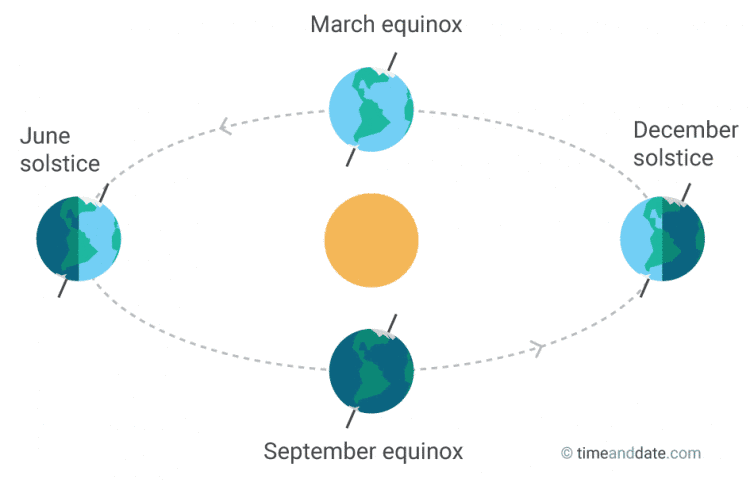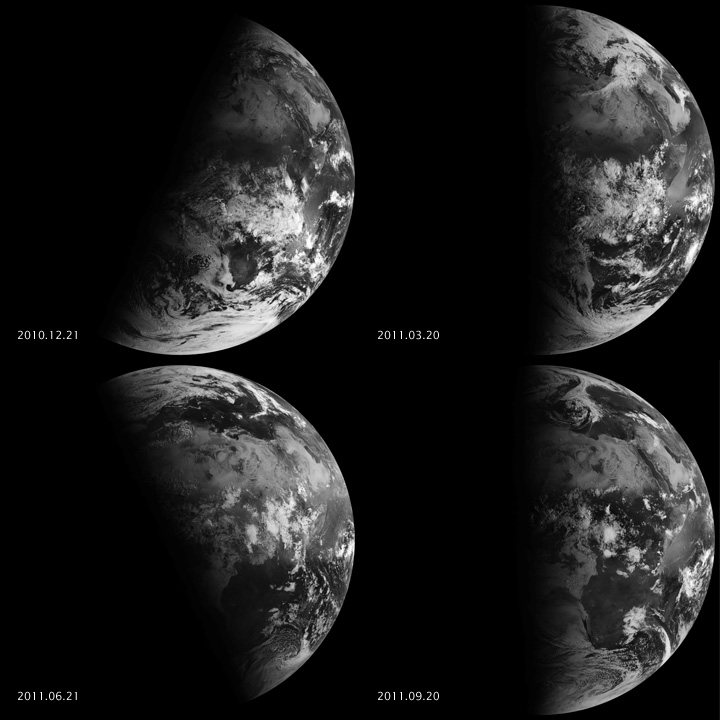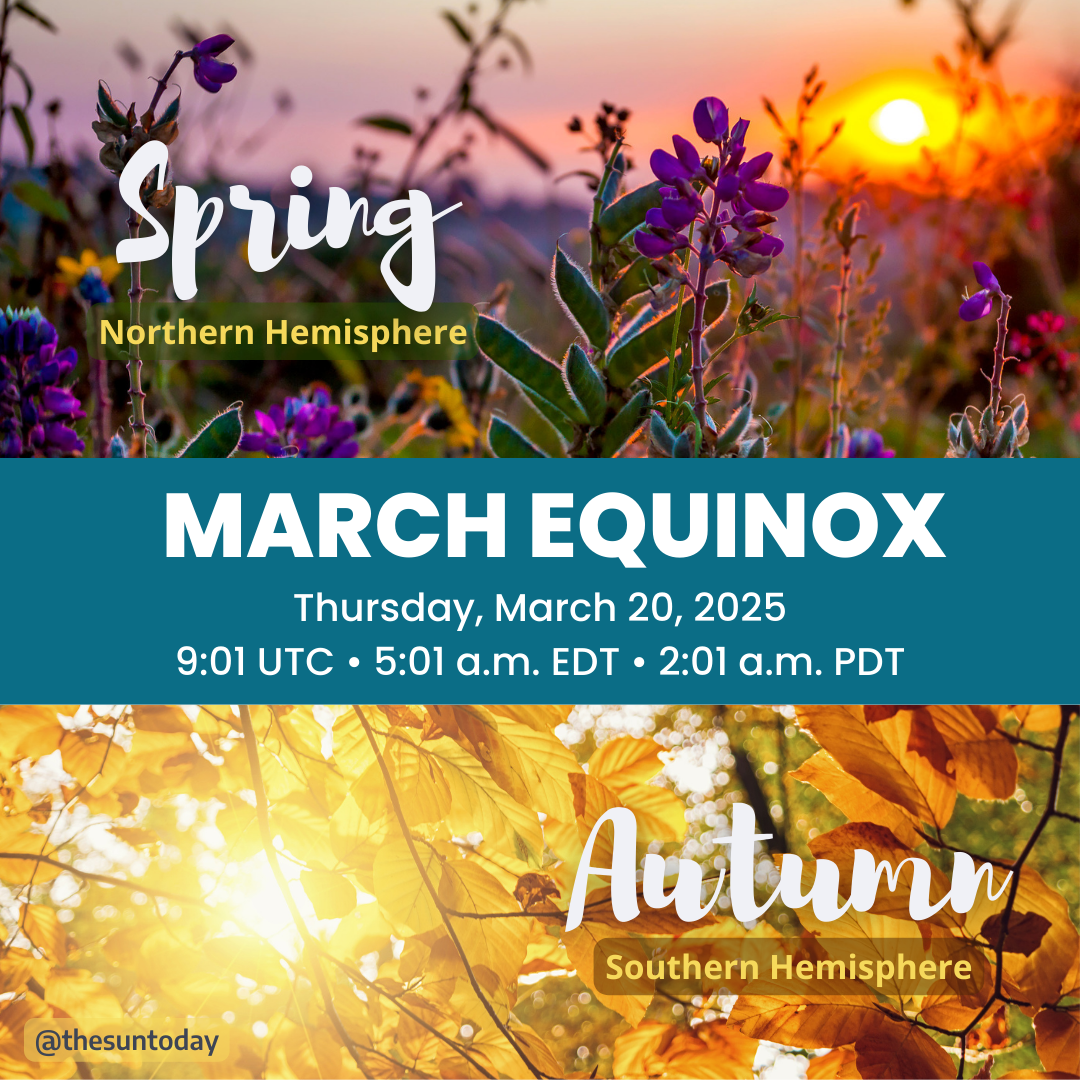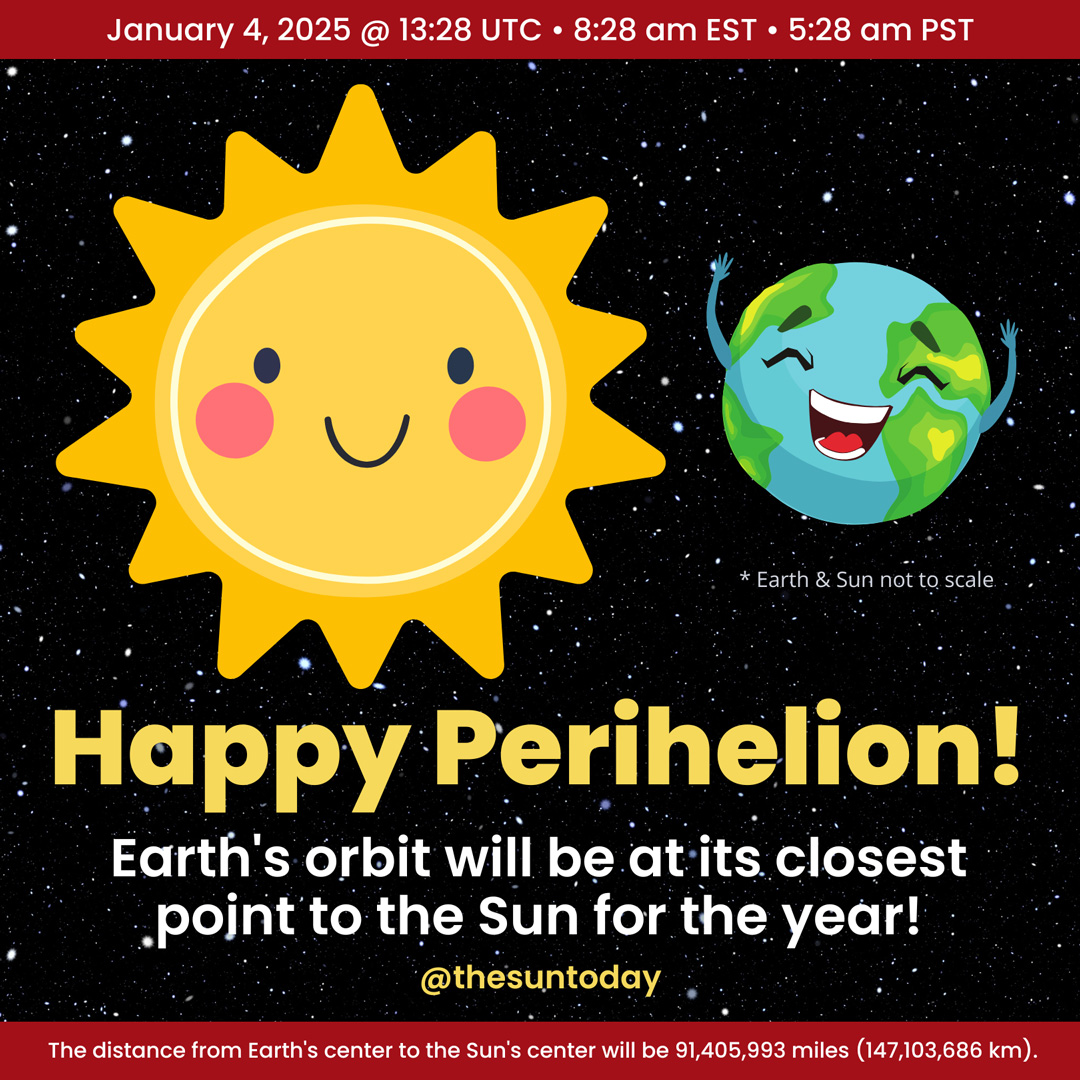
The September equinox for 2016 begins on September 22th at 14:21 UT (10:21 am EDT.) The September Equinox is the Fall or Autumnal Equinox in the Northern Hemisphere and the Spring or Vernal Equinox in the Southern Hemisphere.
But what is the equinox exactly?
The astronomical event, known as an equinox, occurs twice each year around March 20th and September 23rd, when the plane of Earth’s equator passes through the center of the sun.
Not Entirely Equal Day & Night
On an equinox the Sun shines directly on the equator and the length of day and night is nearly equal – but not quite. They are not exactly equal because the angular size of the sun and atmospheric refraction. The word equilux is used to mean a day in which the durations of light and darkness are equal to distinguish the day from an equinox.
Equinoxes are the only times when the subsolar point is on the equator, i.e. the Sun is exactly overhead at a point on the equatorial line. The subsolar point crosses the equator moving northward at the March equinox and southward at the September equinox.
The equinoxes and solstices, are directly related to the seasons of the year. In the northern hemisphere, the vernal equinox (March) conventionally marks the beginning of spring while the autumnal equinox (September) marks the beginning of autumn. In the southern hemisphere, the vernal equinox occurs in September and the autumnal equinox in March.
We can even see how the sun illuminates Earth during equinoxes and solstices thanks to NASA satellites.

The Spinning Enhanced Visible and Infrared Imager (SEVIRI) on EUMETSAT’s Meteosat-9 captured these four views of Earth from geosynchronous orbit. The images show how sunlight fell on the Earth on December 21, 2010 (upper left), and March 20 (upper right), June 21 (lower left), and September 20, 2011 (lower right). Each image was taken at 6:12 a.m. local time.
credit: NASA/www.timeanddate.com/www.wikipedia.org






